Environmental Engineering Reference
In-Depth Information
Figure 6.4.4
Examples of zeolite structures with a minimal parasitic energy
The atoms of materials are shown as ball and stick models (O — red and Si — tan). The
surface gives the local free energies in the pores of the material, where cooler colors
indicate the dominant CO
2
adsorption sites.
Figures reproduced with permission from
Lin et al.
[6.4].
more complex geometries. To illustrate this point,
Figures 6.4.4
and
6.4.5
show some of the most diverse structures contained in the optimal
zeolites and ZIFs, respectively. Such a theoretical screening does estab-
lish a theoretical limit for the minimum parasitic energy that can be
achieved for this class of materials. This limit will be useful to focus
experimental efforts on zeolite materials synthesis, and can be used as a
reference for the consideration of new materials. Of course, an important
practical question is whether we can synthesize these optimal materials
in quantities suffi cient for carbon capture.
At this point, it is important to mention that the above studies
focused only on a CO
2
/N
2
system. Flue gasses also contain water and
other gasses that can infl uence the parasitic energy. In addition, the use
of an equilibrium model assumes that gas diffusion does not play any role









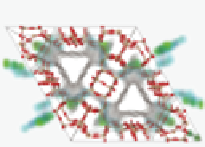
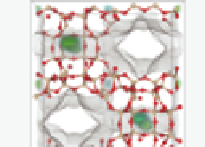
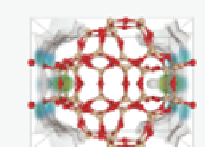

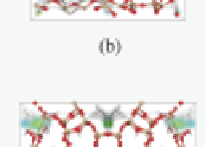
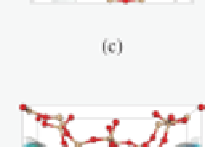

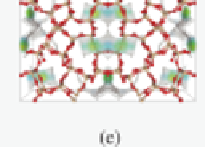




Search WWH ::

Custom Search